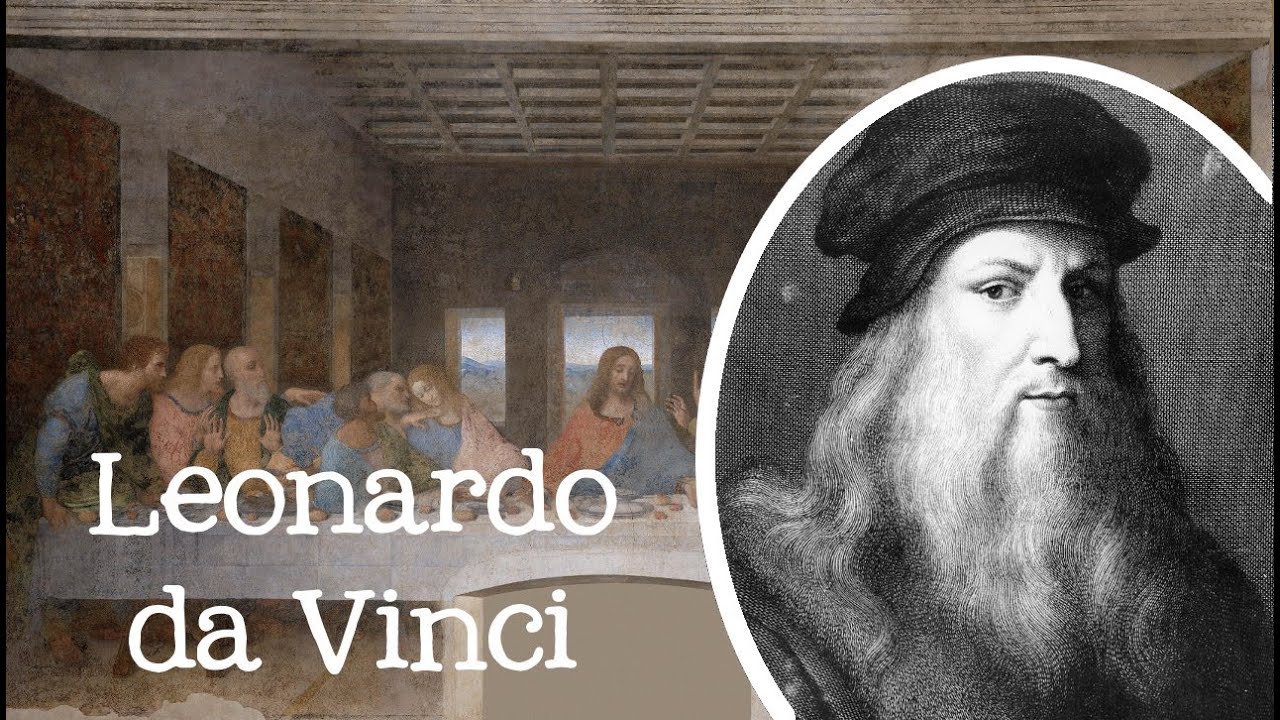
Robert Draws – Leonardo da Vinci’s genius is often celebrated for his remarkable ability to merge art, science, and invention. He was not only a skilled painter but also an extraordinary scientist, engineer, and inventor. His work transcended the boundaries of his time, shaping modern thought in unexpected ways. His life and achievements remain a testament to the boundless potential of human creativity. Leonardo’s approach to life and work was holistic, considering everything from anatomy to astronomy. Through his diverse talents, he bridged two worlds that seemed separate. His legacy is evident in the vast influence he has had on both artistic and scientific communities. Leonardo’s interdisciplinary approach continues to inspire thinkers and creators around the world.
Leonardo da Vinci is best known for his iconic paintings. His works are still revered for their mastery and innovation. The “Mona Lisa” is arguably his most famous painting. The soft expression of the subject and the use of sfumato technique revolutionized portrait art. His other work, “The Last Supper,” stands as one of the greatest religious paintings in history. It captures the emotional depth of Christ’s final meal with his disciples. These masterpieces are revered not only for their visual impact but also for their complex symbolism. Each brushstroke in his works holds layers of meaning and insight.
Leonardo’s understanding of human anatomy greatly influenced his art. He studied the human body meticulously through dissections. This helped him to depict the human form with incredible accuracy. The detailed sketches of muscles, bones, and organs showcase his profound knowledge of biology. His scientific observations were reflected in the grace and realism of his artistic creations. His art was not just about creating beauty but also understanding the mechanics of life itself.
“Read about: Mark Rothko and the Power of Color in Abstract Art”
Leonardo’s scientific pursuits were as groundbreaking as his art. He fascinated himself with the natural world and sought to understand it through careful observation and experimentation. His notebooks brimmed with sketches of machines, anatomical studies, and natural phenomena. He documented everything he saw with remarkable precision. For instance, his studies of water flow laid the groundwork for modern hydrodynamics. Additionally, his detailed drawings of the human heart, muscles, and other organs were centuries ahead of their time.
Leonardo’s curiosity about flight also led him to design several flying machines. Even though they were never built, his ideas proved groundbreaking. He imagined machines that could fly like birds, a concept that foreshadowed modern aviation. His designs for these machines were based on his deep understanding of aerodynamics, a subject that would only receive formal study centuries later. Moreover, Leonardo’s observations on flight served as just one example of his visionary thinking.
Leonardo da Vinci’s genius also extended to the realm of invention and engineering. His notebooks are filled with sketches of machines and devices that were ahead of their time. Some of his most notable designs include a helicopter, a tank, and a machine for grinding convex lenses. Though many of these inventions were never built, they demonstrated his ability to think beyond the limits of contemporary technology. His designs for war machines were aimed at changing the course of warfare. They displayed both his understanding of engineering and his commitment to finding solutions to complex problems.
His work in hydraulics, civil engineering, and architecture also showcased his ingenuity. Leonardo worked on projects such as the design of canals and bridges. His contributions to these fields were never fully realized, yet they displayed his impressive vision and understanding of engineering principles. His expertise in mathematics and mechanics played a key role in the designs he proposed. Leonardo’s inventive ideas continue to be studied and admired for their ingenuity.
The legacy of Leonardo da Vinci endures through his art, science, and inventions. His interdisciplinary approach to knowledge left a lasting impact on many fields. His works have influenced not only other artists but also scientists, engineers, and philosophers. Leonardo’s ability to merge these areas of expertise is a rare achievement. His contributions continue to inspire modern thinkers who seek to combine creativity with practicality. The depth of his curiosity, combined with his artistic skill, set him apart as one of history’s greatest minds. His genius laid the foundation for countless discoveries and inventions that came after him.
Leonardo da Vinci’s genius is a reminder of the importance of curiosity and creative thinking. His legacy continues to shape our world in ways that few could have imagined in his time.